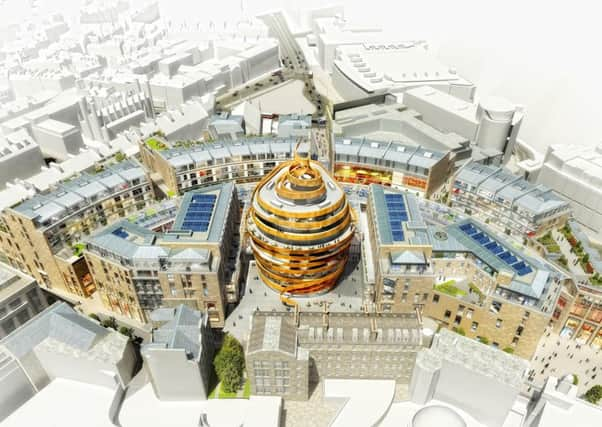Stuart Agnew: Scottish property retains investor appeal
This article contains affiliate links. We may earn a small commission on items purchased through this article, but that does not affect our editorial judgement.


That’s usually bad news for investment intentions in the commercial property world as with uncertainty comes risk, and it is naturally therefore easier to play a safe hand rather than take a brave decision and be in the minority in such circumstances.
Advertisement
Hide AdAdvertisement
Hide AdHowever, Scotland’s investment market has shown signs of strength in the first quarter of 2017 with a deeper depth of investor interest compared to 2016. This has come despite constitutional wrangling being front and centre of the political agenda again this year. In fact, we’ve seen several investments that did not sell in 2016 going under offer or completing in the last three months. Examples of this include The Tun and Orchard Brae House in Edinburgh, as well as 7 West Nile Street, Glasgow.
These recent deals indicate to me that the big political debates swirling at Scottish, UK and European levels are unlikely to cause a meaningful change in the property markets in Scotland in the short to medium term. There is still a degree of confidence about investing in Scotland.
There have also been other major commitments to Scottish real estate which provide a degree of confidence looking forward. These include the investment by the Dutch pension fund APG into the St James Centre in Edinburgh and the TH Real Estate purchase of the Omni Leisure scheme in Edinburgh.
There are a few factors that are undoubtedly helping to sustain prices in the marketplace. These include the scarcity of good quality sensibly priced stock and a positive underlying occupational story in the industrial, retail and office markets. Indeed, whenever new investment opportunities become available they attract strong initial interest.
Also, given that no-one has a clear idea what the outcome will be of the major constitutional debates currently being played out a case could be made that investing in Scotland is viewed as a risk diversifier. As questions remain about passport rights and regulations around the UK’s terms when exiting the EU, investors may view Scotland as an opportunity to spread the risk of any poor Brexit deal, regardless of the spectre of independence and its possible consequences.
At present, concerns remain about the economic effect and currency implications of continued political uncertainty. However, the nervousness about the independence issue is, we believe, starting to lessen and indeed part of the reason that some UK funds are not investing is down to quite significant buying activity in 2014 and 2015.
The bottom line is that investing in commercial property in Scotland is and will remain attractive for both UK and international investors, and I don’t anticipate this will change in the medium term.
• Stuart Agnew is senior director, investment, at GVA